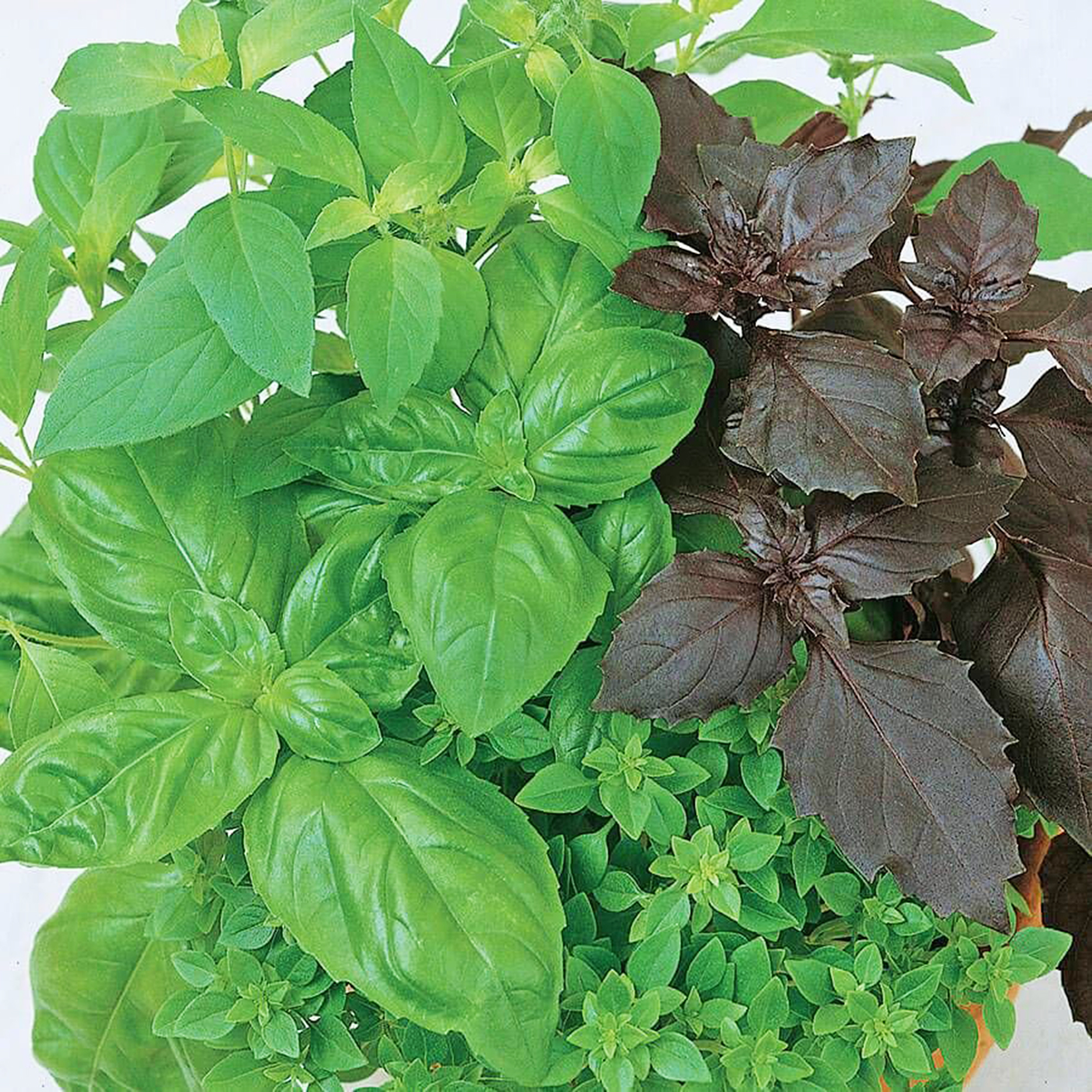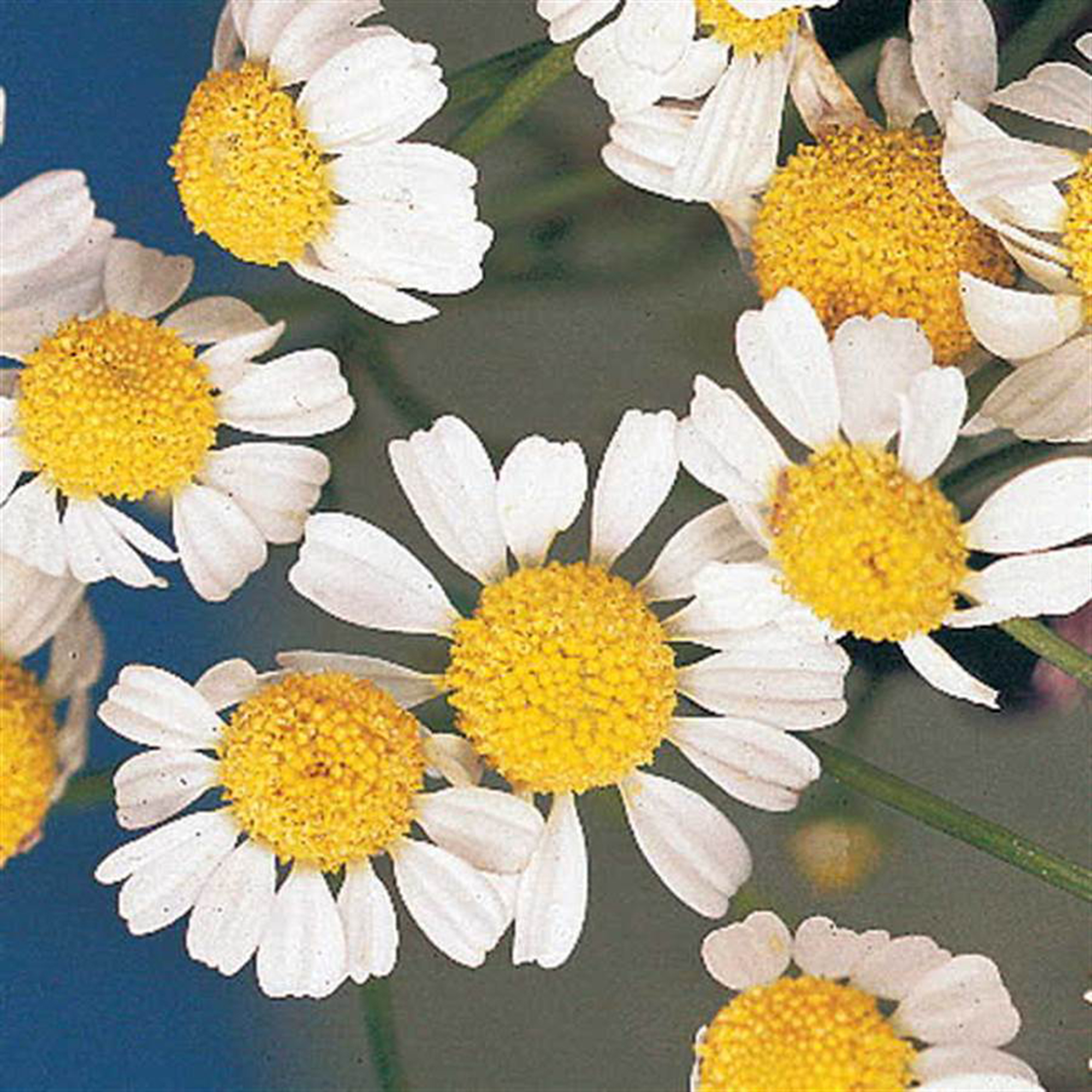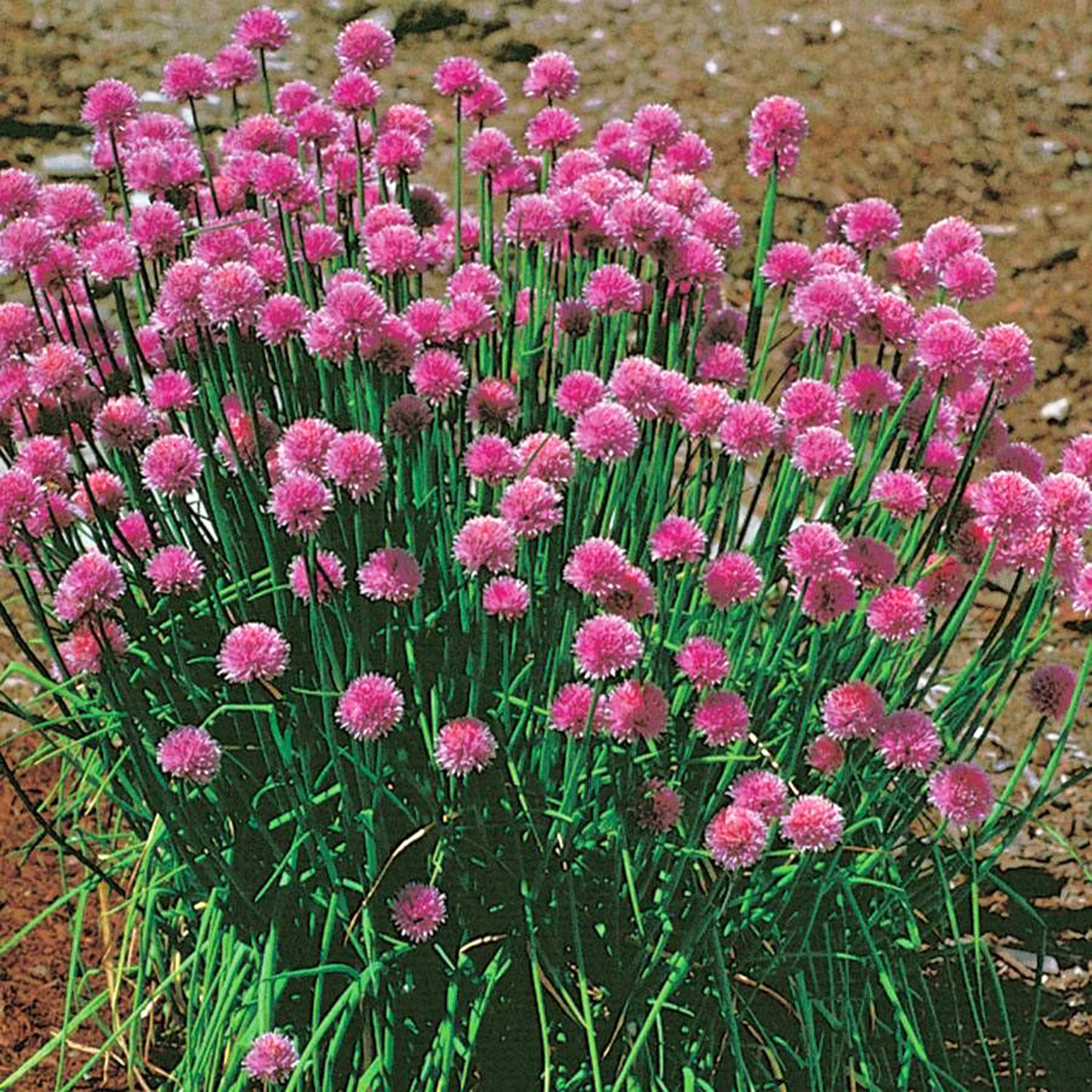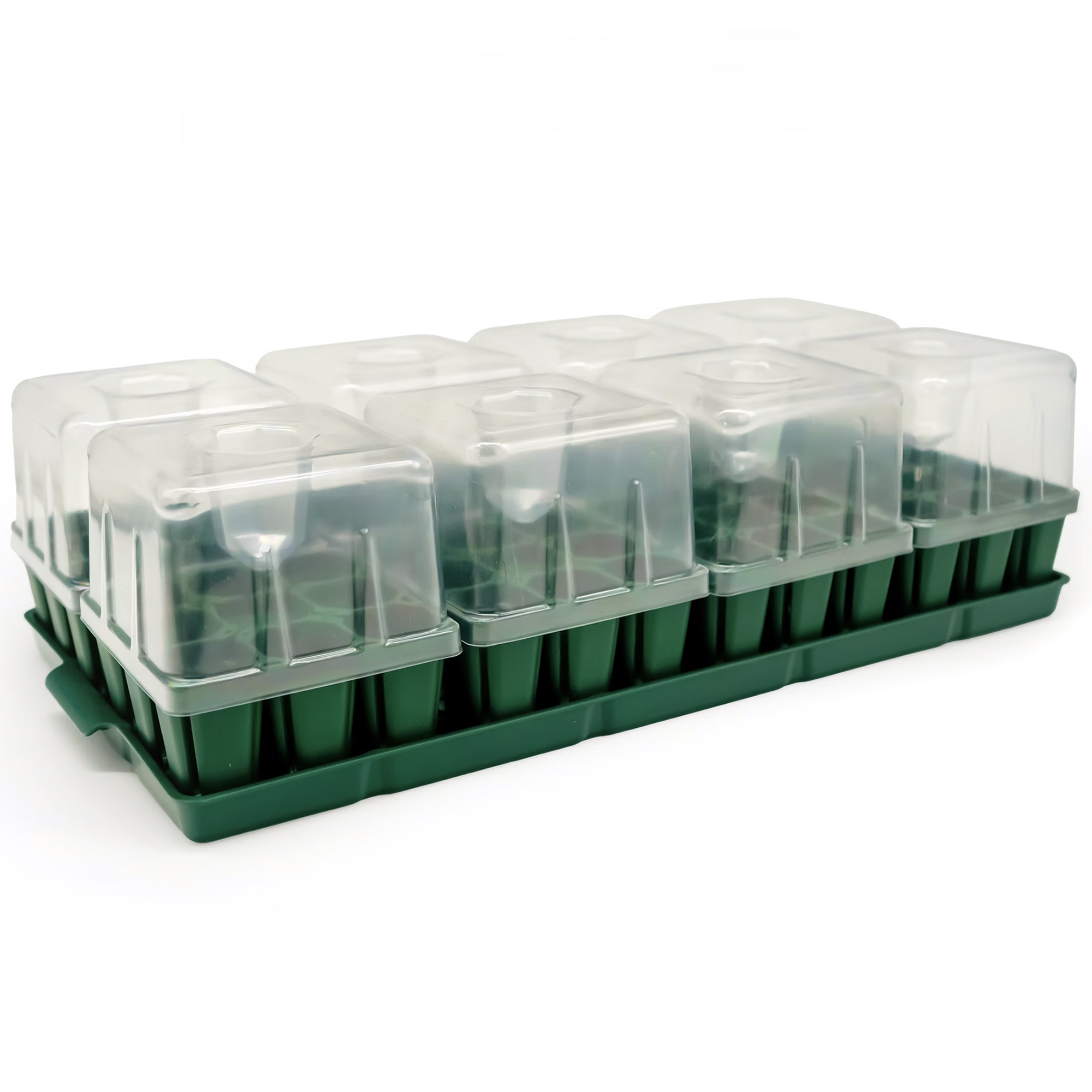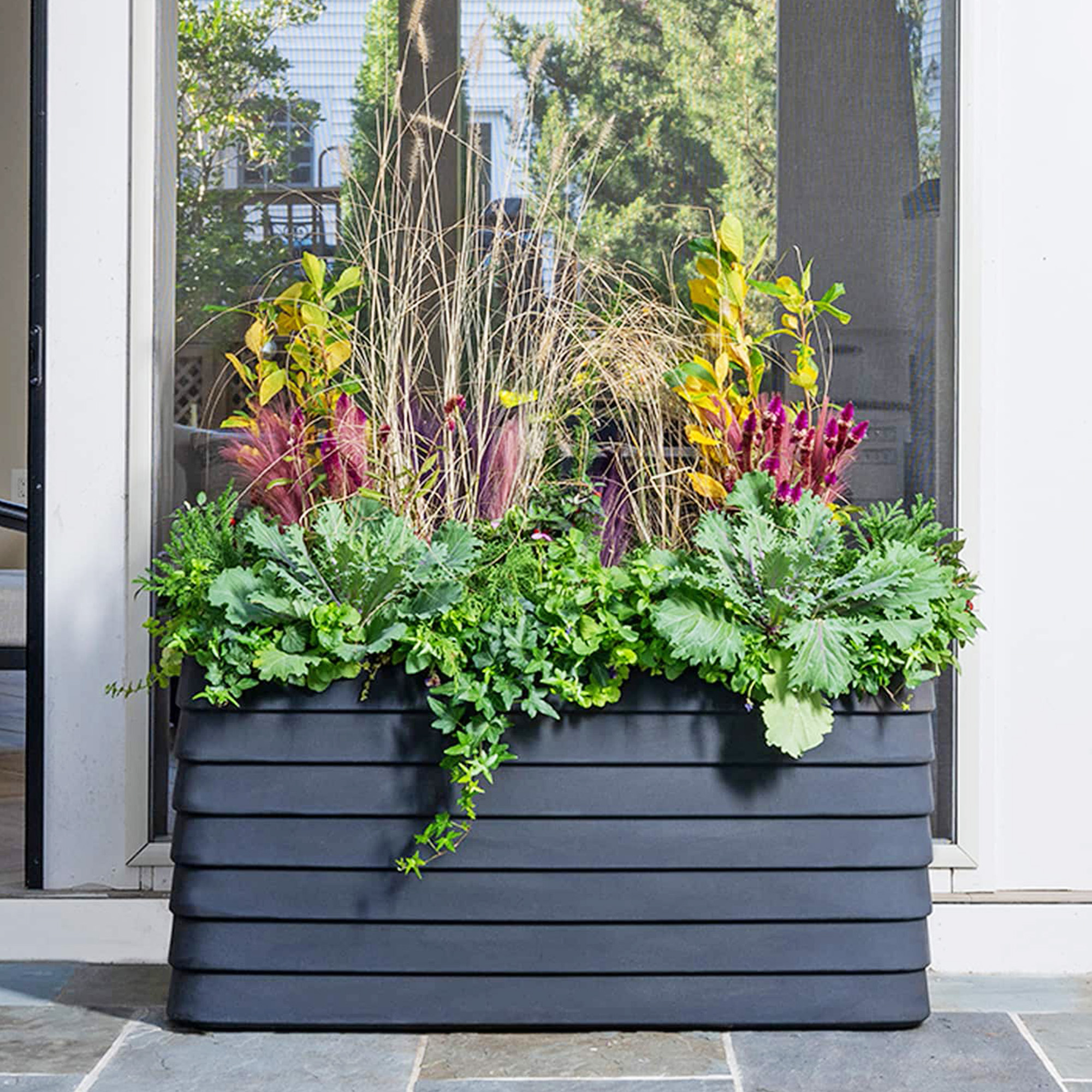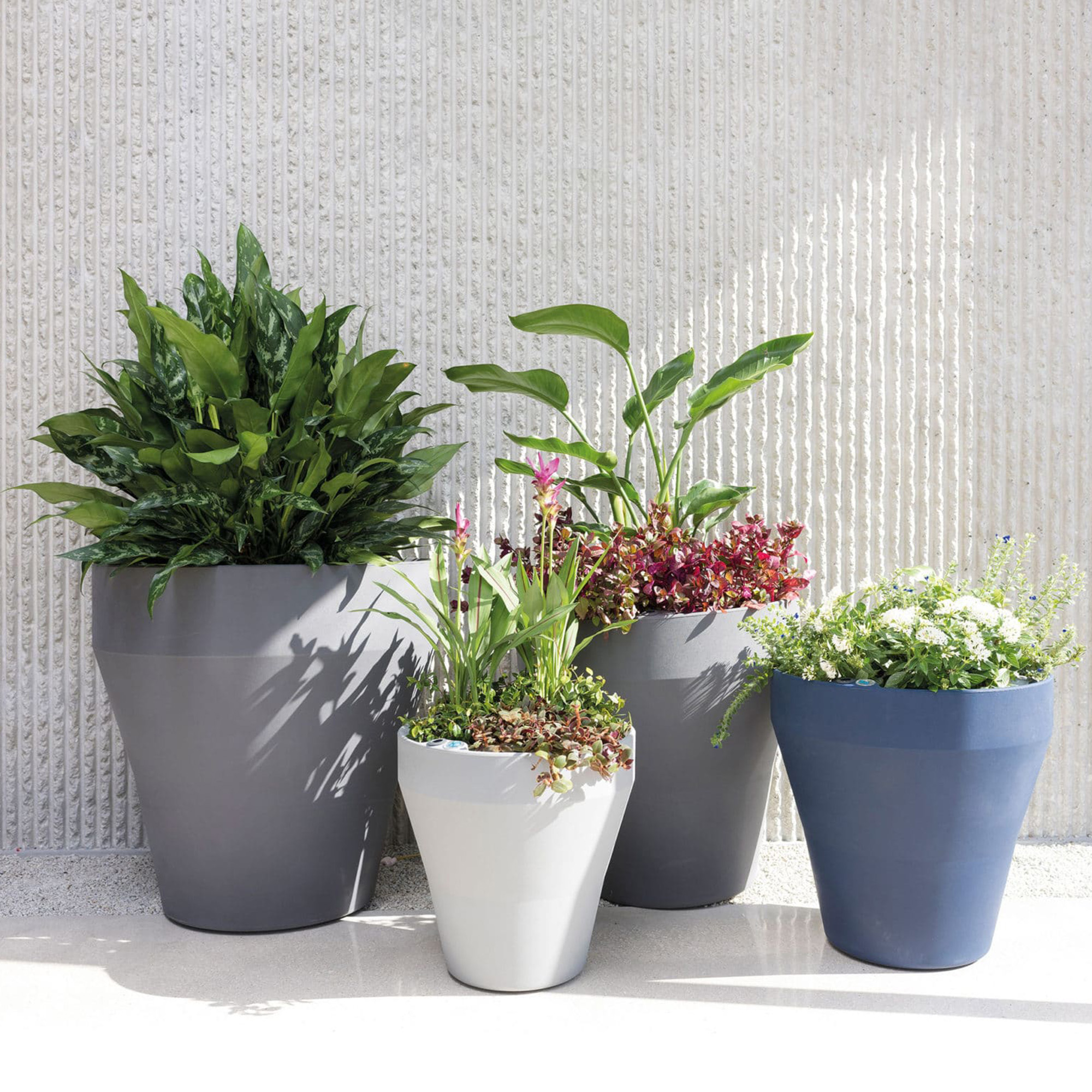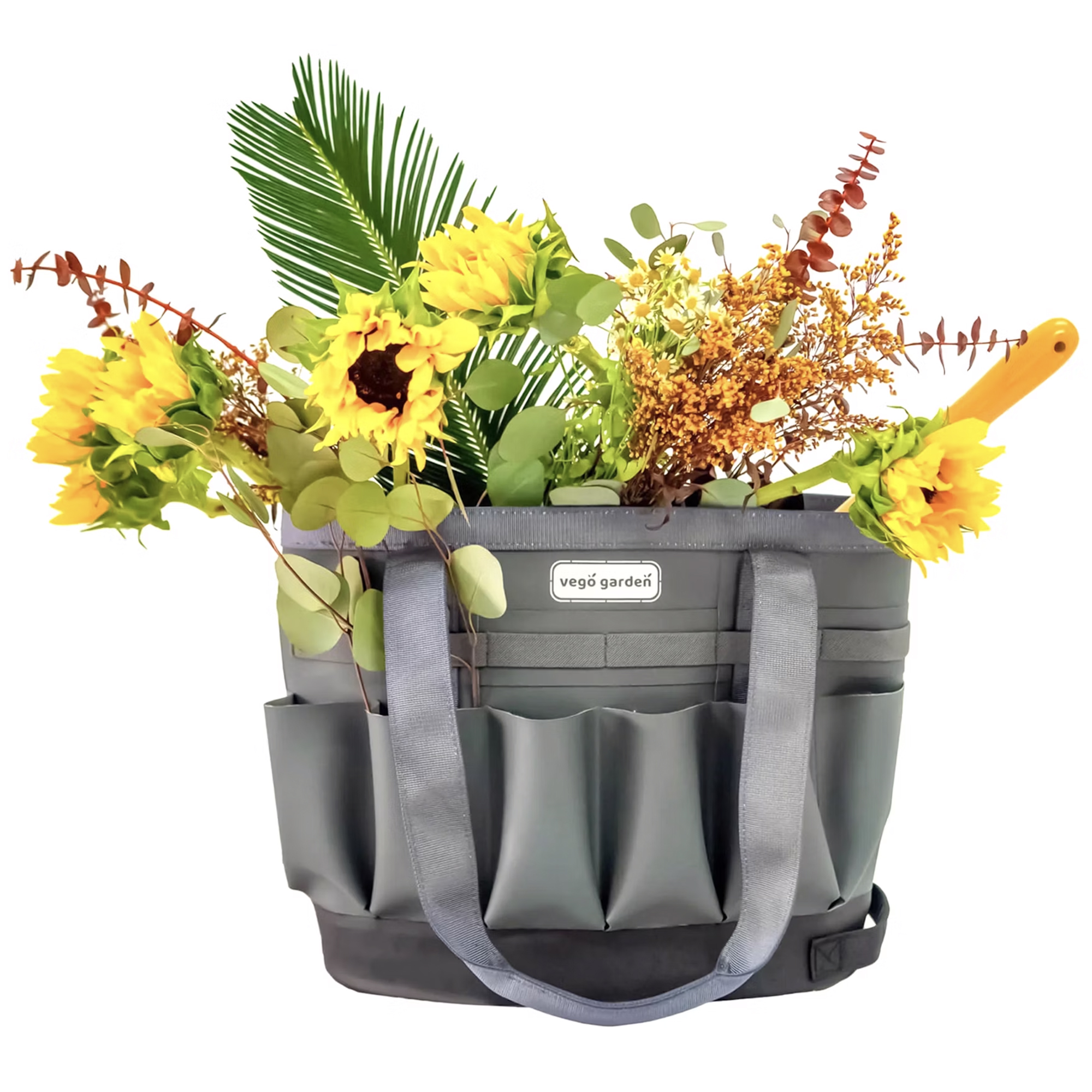8 Beautiful Herbs That Belong In Flowerbeds – Grow An Edimental Paradise
Discover flavorsome herbs that double as ornamental plants. Possessing pretty blooms and unique foliage, they won't look out of place nestled among the flowers.
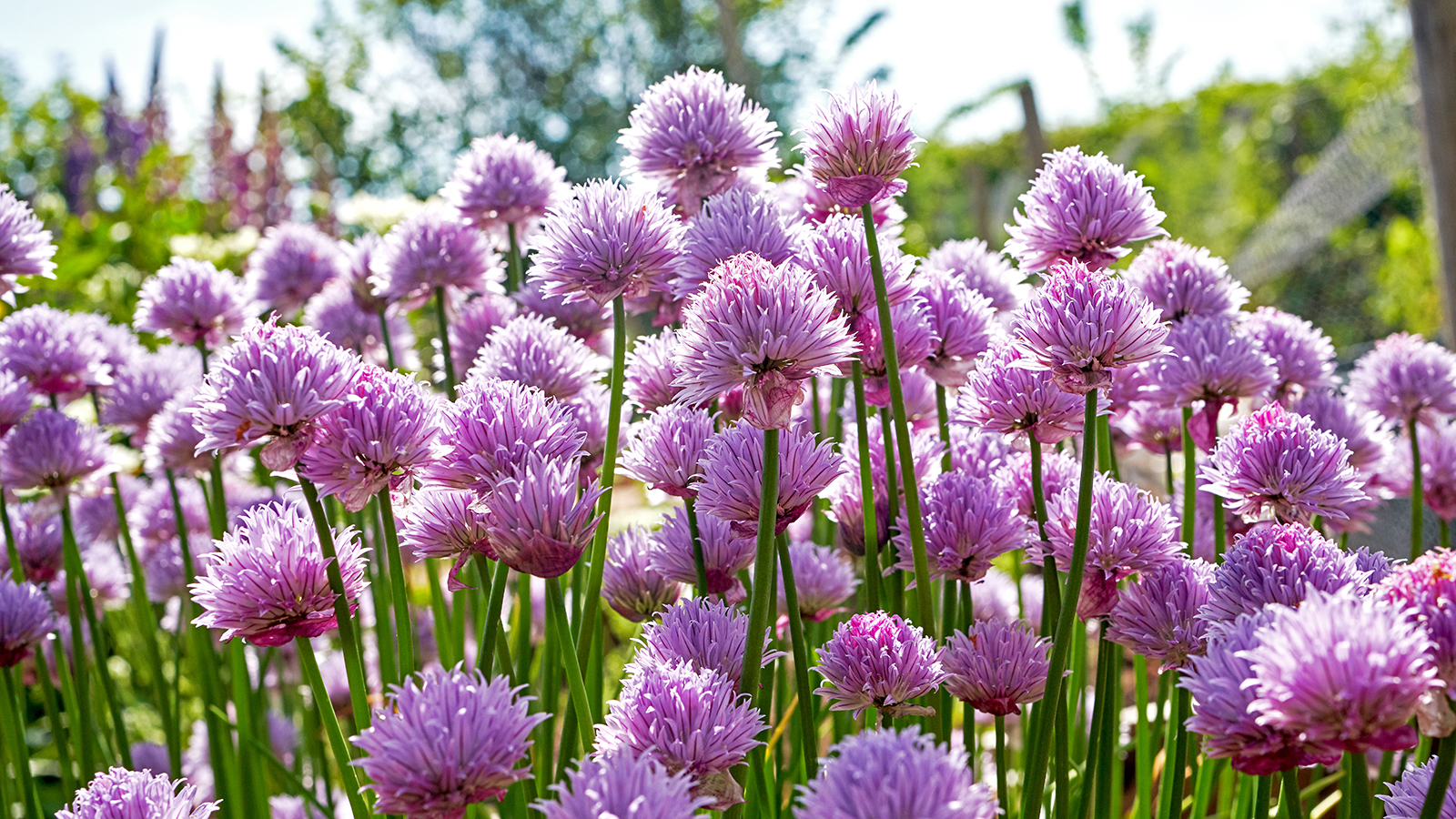

Melanie Griffiths
Growing herbs for their culinary use is a wonderful endeavor, but they need not be confined to the vegetable garden. Many herbs have ornamental value and make beautiful additions to flowerbeds and container gardens.
Most herbs produce lovely little flowers, which are often sweetly scented and magnets for pollinators. They also have attractive leaves and grow in appealing ways.
Using edibles as ornamentals is the perfect solution for smaller yards, where there is often no room for a dedicated vegetable patch. Many hardy evergreen herbs will persist in winter, adding much-needed greenery to the garden.
While you can enjoy herbs purely as ornamental plants, their aroma and usefulness in the kitchen are integral to their appeal. Situating these beautiful herbs close to the kitchen will make it easy for you to harvest them regularly for cooking.
1. Basil
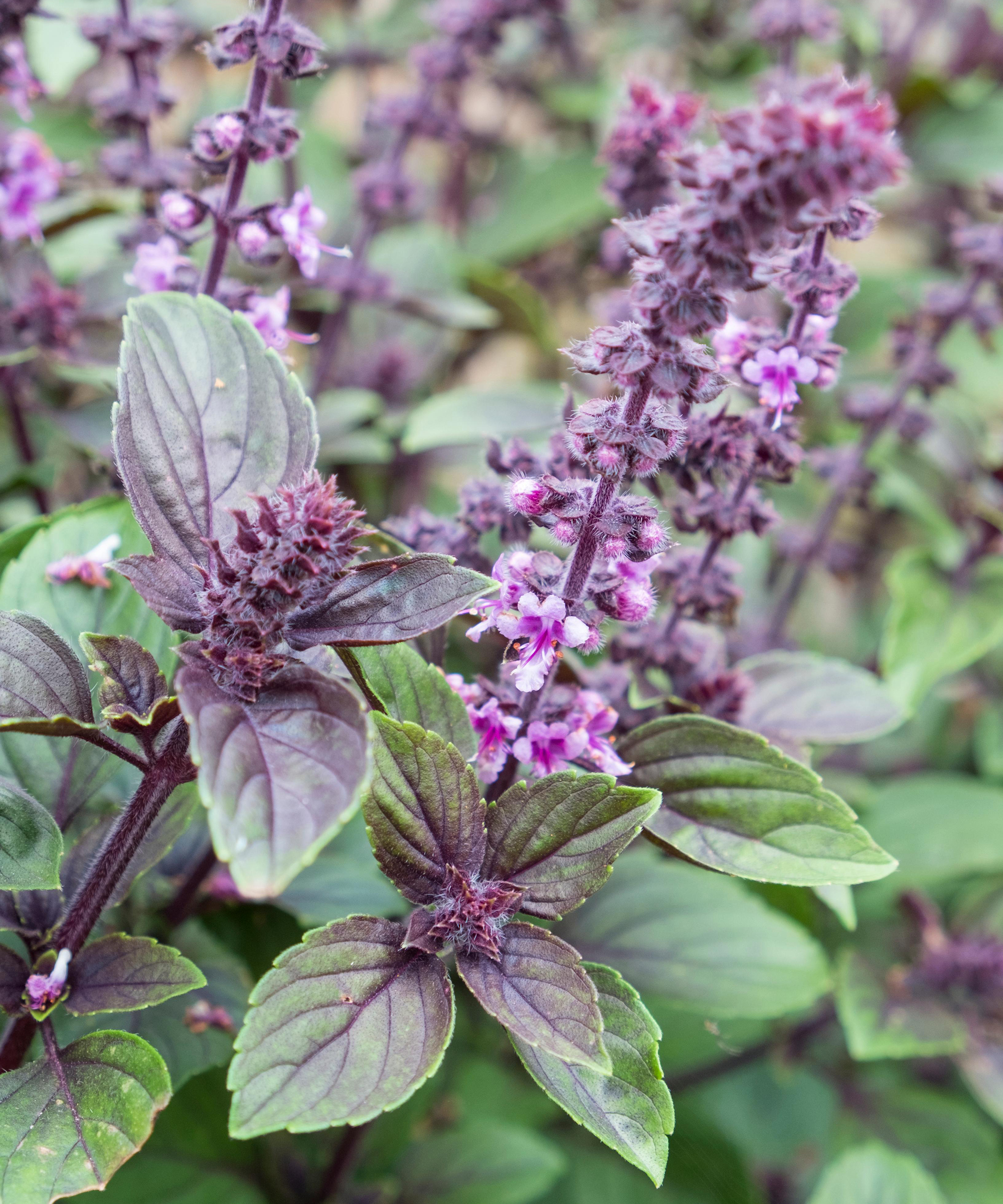
The most commonly grown basil, Sweet Genovese, is pretty enough, with gentle white spires of flowers on the softly rounded leaves. However, a host of other types of basil offer even more diversity in leaf, stem, and flower, as well as flavor.
There are several types of purple basil, offering bright eggplant-hued leaves and stems. Cinnamon basil has small, green leaves with purple veins and bright purple flowers. Cardinal basil produces richly red blooms. Green Ruffles basil was developed with fluted leaves, while African Blue basil bears long spires of blue blooms.
Basil is an annual in most regions but growing basil indoors is an option when cool temperatures threaten. Plants require a full sun location and average water. Most basil is hardy to USDA zones 9-11.
Sign up for the Gardening Know How newsletter today and receive a free copy of our e-book "How to Grow Delicious Tomatoes".
2. Chamomile
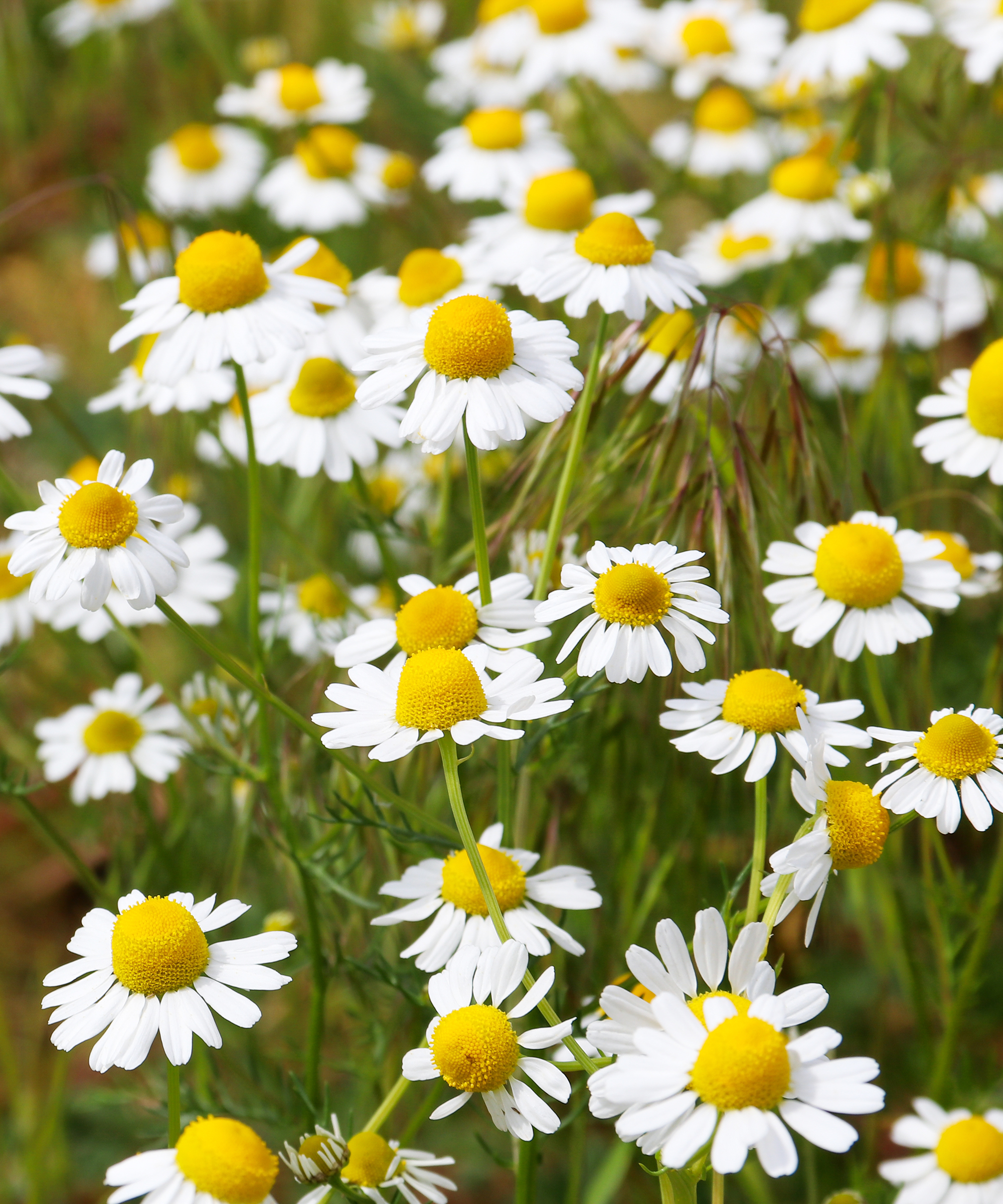
Known for the flavorful tea made from the flowers, chamomile is also a very ornamental plant.
With feathery leaves and cheery white rayed blooms with yellow centers, this herb is easy to grow. It prefers sandy, well-drained soil and average water. Full sun to partial shade are both suitable.
Chamomile’s happy little flowers are perfect in the herb garden, an annual bed, mixed in with flowering perennials, or even in containers.
The flowers can be used either fresh or dried and steeped into a delicious, calming tea. Chamomile is suitable for USDA zones 4-9.
4. Sage
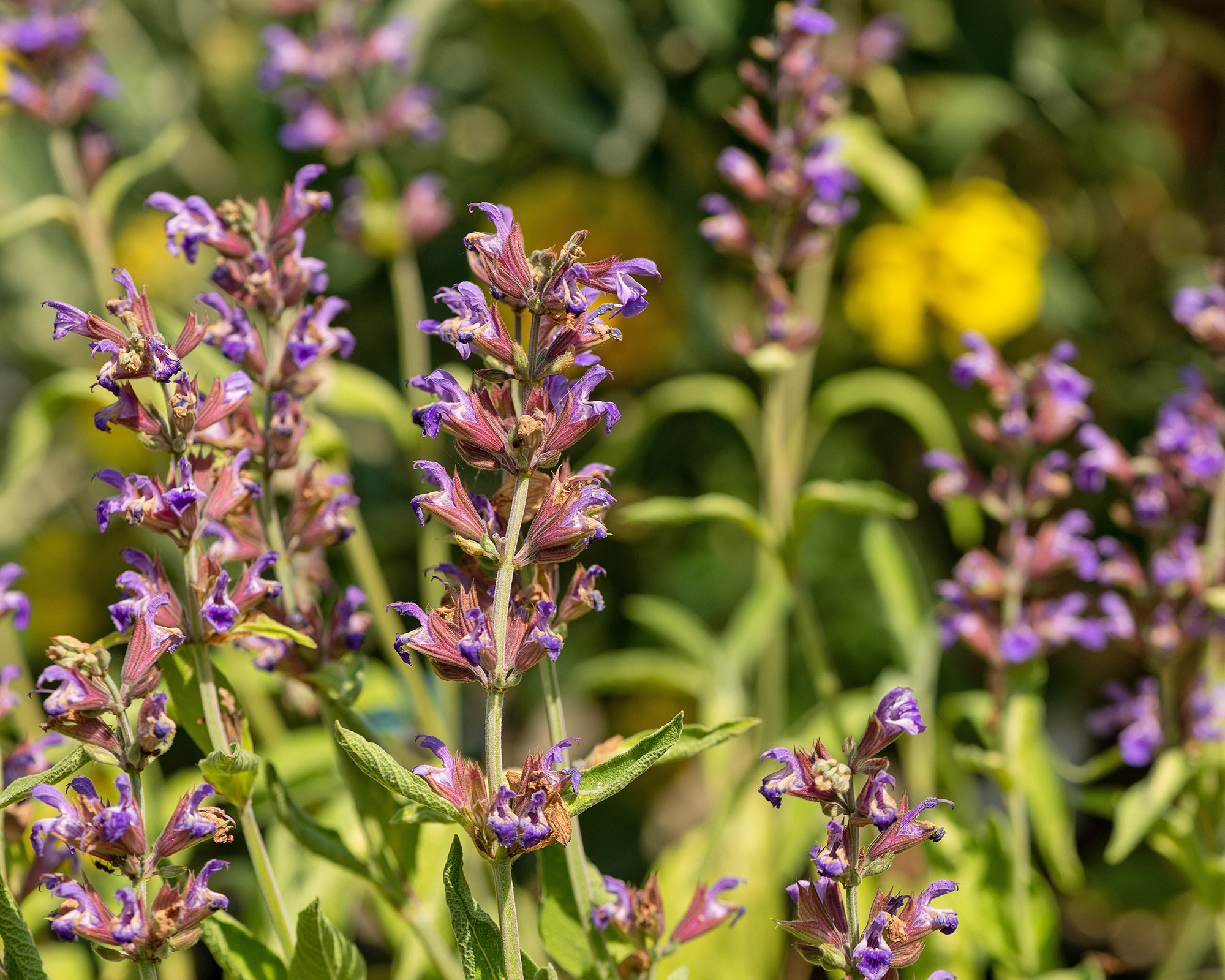
There are over 1,000 species in the sage family. The pungent stems, leaves, and flowers have a strong flavor often used with poultry.
Depending on the species, the flowers range from purple, blue-purple, white, red, and pink. The soft leaves may be green, variegated, or gray. White, Scarlett, Baby, and Common sages are but a few.
Sage needs well-draining soil of average fertility. It performs best in full sun but can tolerate a bit of shade. It is hardy to USDA zones 5-8.
3. Allium
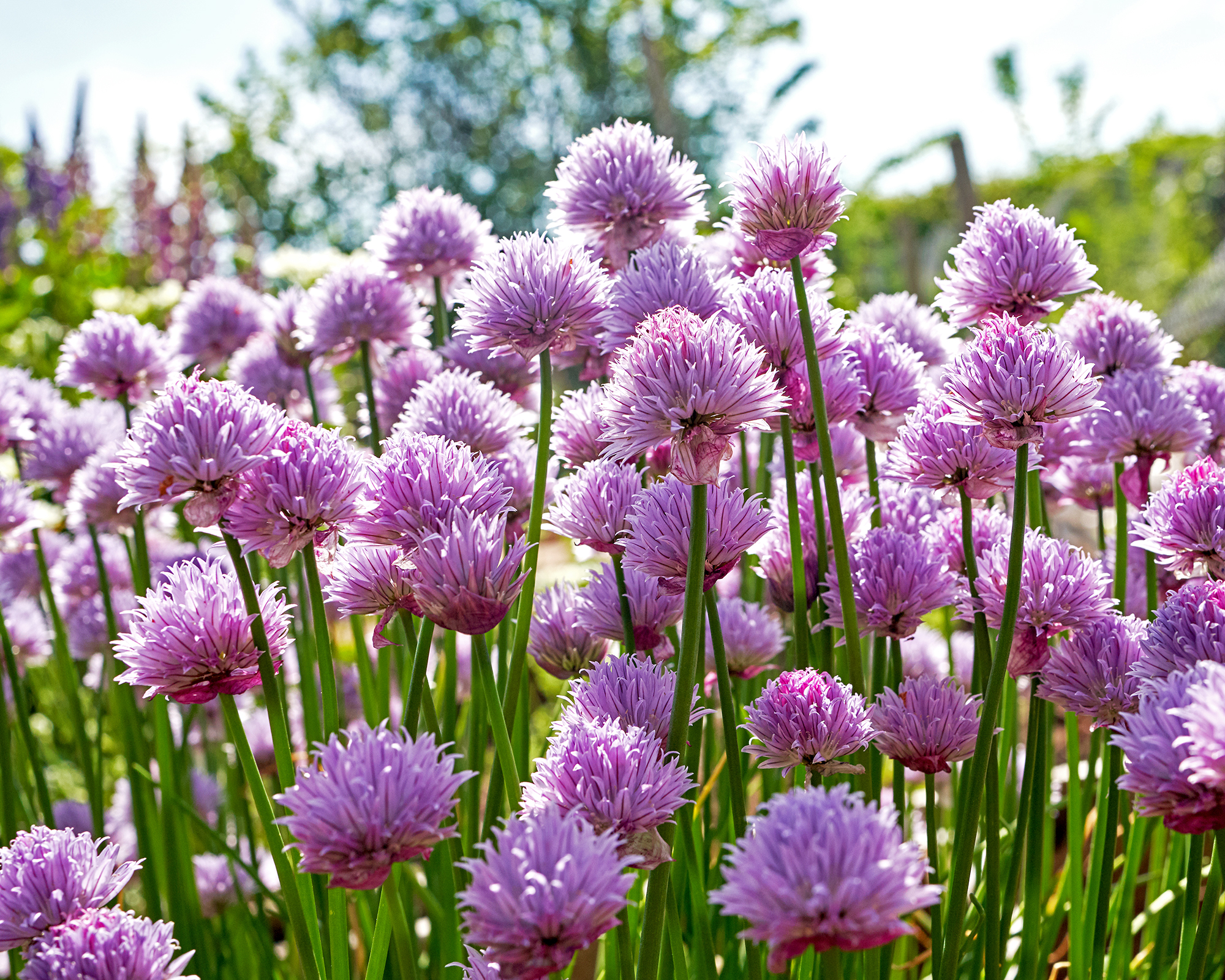
Chives, garlic, leeks, and onions are all in the allium family. While there are bulbs that are sold strictly for the flowers and not for eating, culinary alliums also produce lovely blooms.
A tight cluster of tiny starry flowers caps the plants during the season. Garlic chives have white flower clusters, while regular chives have deeply purple blooms.
Alliums are easy to grow provided the soil is well draining. They need average fertility and water. Rotate allium crops as there are several in-ground pests that will destroy the bulbs. Plants are hardy in USDA zones 3-9.
5. Artemisia
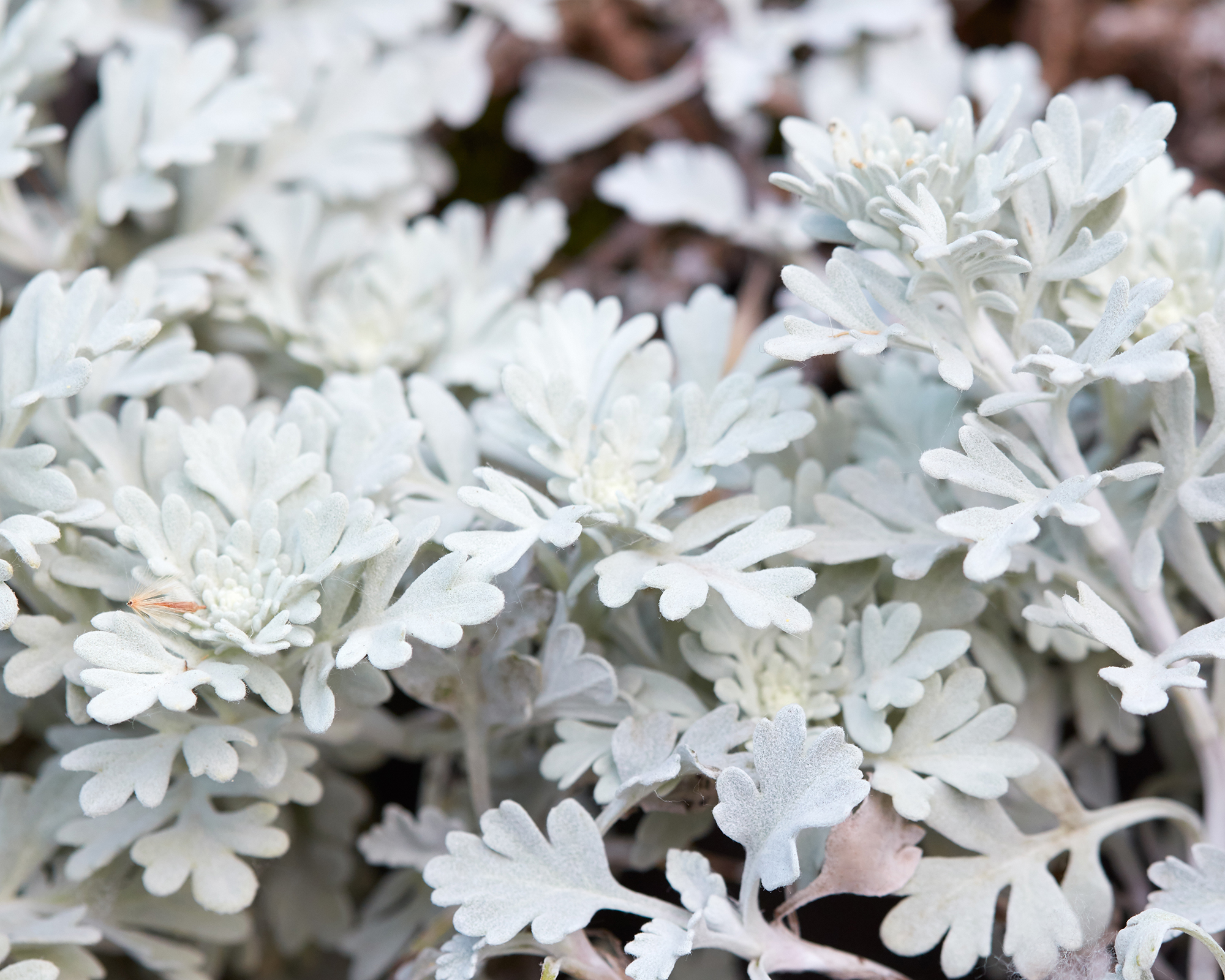
Artemisia, or wormwood, grows wild in many locations of the world and has a long history of use in traditional medicines. It is a sharply scented plant, reminiscent of an evergreen aroma.
The flowers are insignificant but there is a diverse variety of leaf form and color. Ranging from dark green to dusty gray, leaves may be lobed or needle-like.
Artemisia prefers full sun to partial shade, consistently damp soil, and moderate fertility. Most varieties are hardy to USDA zones 3-8.
6. Catmint

Even if you aren’t a feline lover, you will appreciate the prolific blooms of catmint. This herb has grayish green, small leaves and an arching habit. The long blooming stems are adorned with deeply purple flowers that will be produced all season if they are cut back after flowering.
Catmint is irresistible to cats but also a useful addition to borders, rockeries, and perennial gardens.
Catmint needs little care outside of occasional watering and deadheading. It will produce a dense, small shrub over time. Hardy to USDA 3-8.
7. Borage
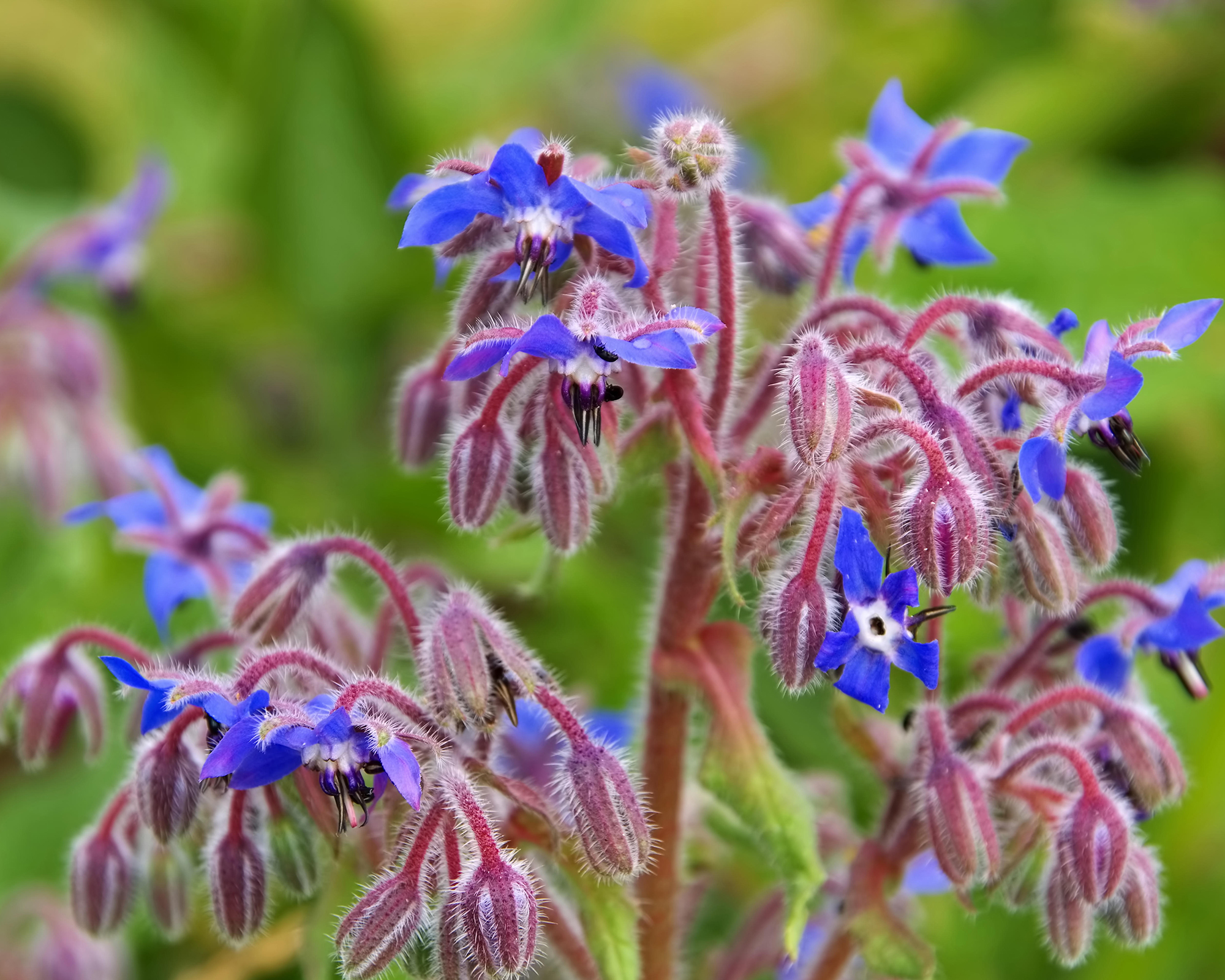
Borage is certainly one of the more unusual-looking herbs. It forms a small bush and has green, pointed leaves, lightly furred stems, and fuzzy flowers.
The blooms are blue, with five petals and soft, downy fur. There are also white and pink flowering varieties.
The plant is served like a vegetable, steamed or sauteed. It requires loose soil of average fertility and some shelter from the noonday sun. Borage may be grown in USDA zones 3-10.
8. Bee Balm
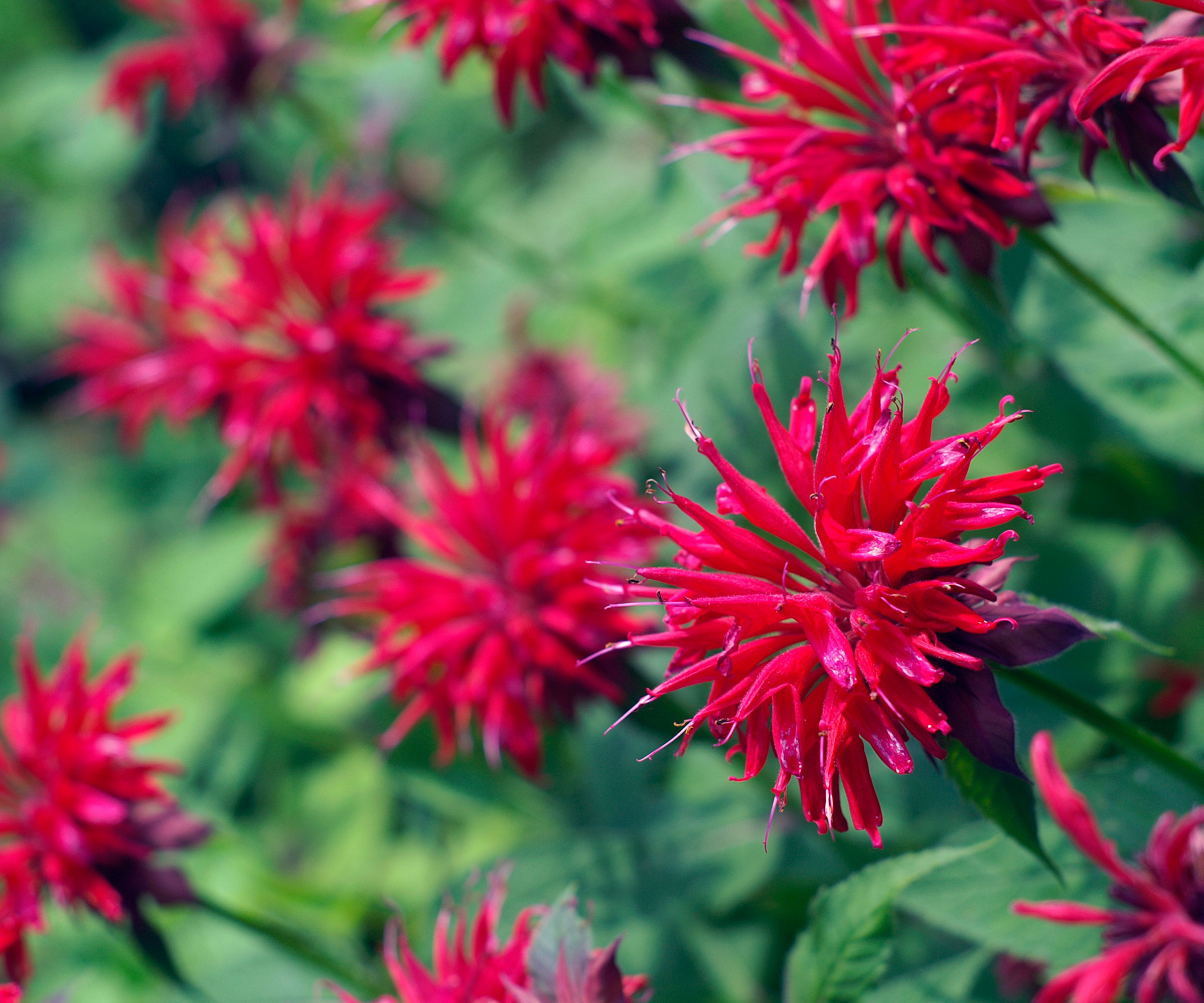
There are many cultivars of bee balm with flowers ranging from scarlet to white, to lavender.
The sap of the plant is known to soothe stings, but it is also a culinary herb with a slightly minty flavor. Bees and other pollinators like hummingbirds are very attracted to the flowers.
Composed of many tubular petals that resemble arachnid legs, the blooms are spidery, but the effect is extremely alluring. Bee balm is a perennial in USDA zones 4-9.
Other Ornamental Herbs
As well as those highlighted above, there are other pretty herb varieties to add to the ornamental garden:
- The many varieties of thyme make wonderful ground cover with brilliantly colored flowers in spring and have a variety of leaf forms.
- Marjoram grows straight and tall with lovely soft lavender blooms.
- Both curly and flat-leaf parsley have attractive foliage.
- Rosemary, with its soft needle-like foliage and purple blooms, makes a large impactful bush with an irresistible scent.
- Often considered an ornamental plant, lavender has woody stems, attractive foliage, and strongly scented blooms with multiple uses.
This article features products available from third-party vendors on the Gardening Know How Shop.

Bonnie Grant is a professional landscaper with a Certification in Urban Gardening. She has been gardening and writing for 15 years. A former professional chef, she has a passion for edible landscaping.
- Melanie GriffithsEditor in Chief
